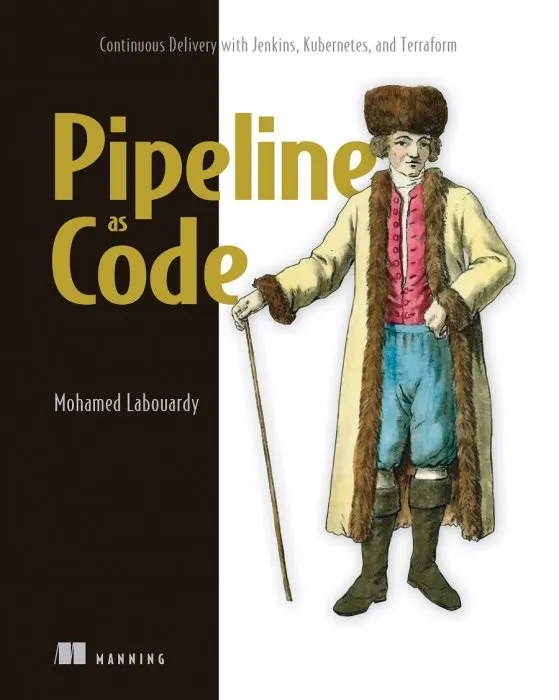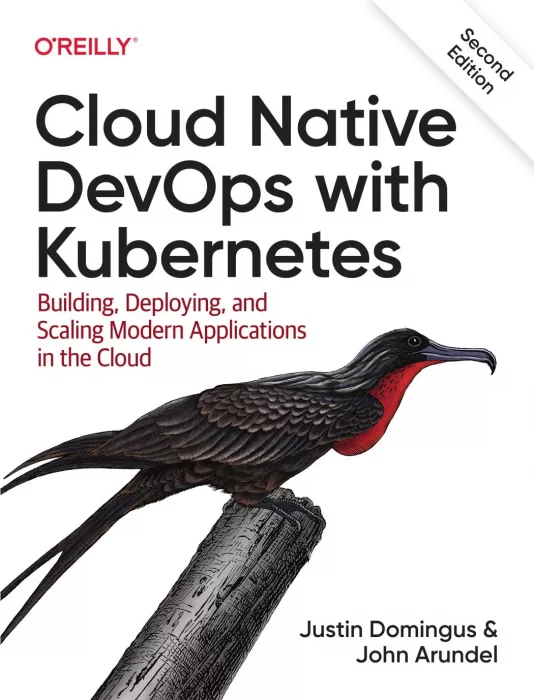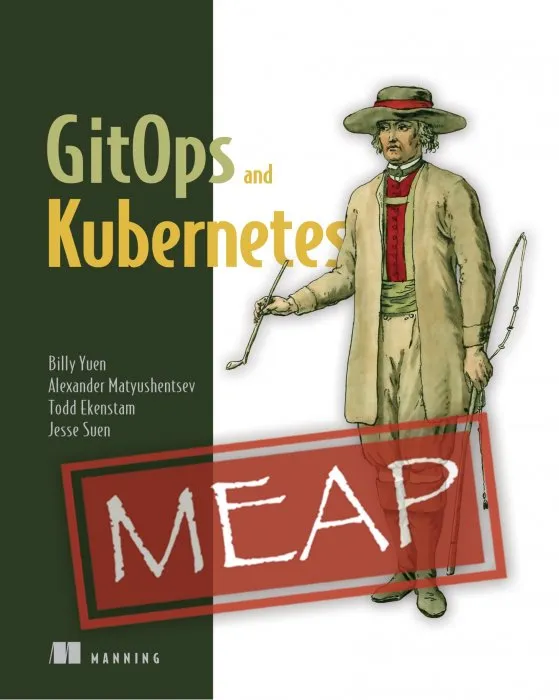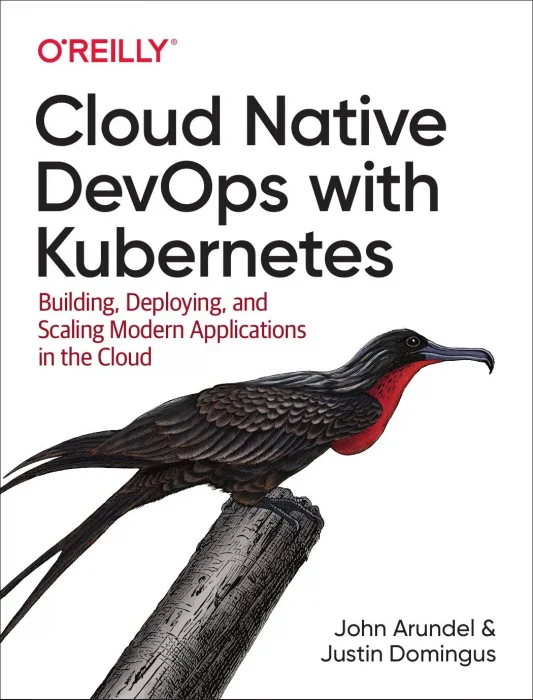The DevOps 2.6 Toolkit: Jenkins X: Cloud-Native Kubernetes-First Continuous Delivery (The DevOps Toolkit)
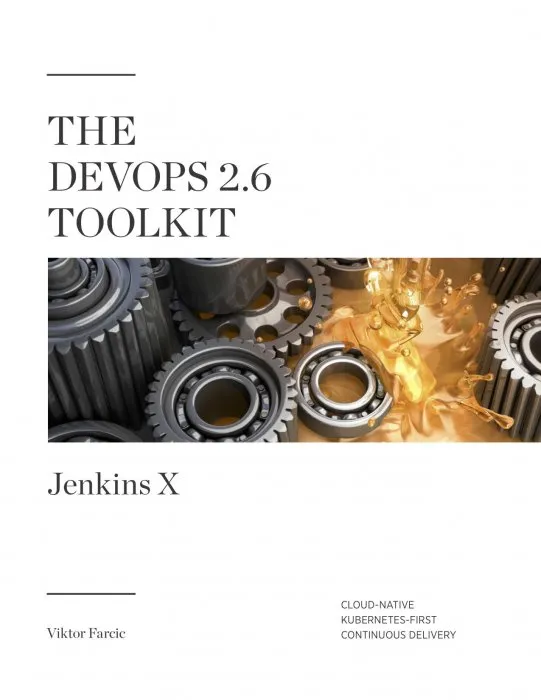
Date: March 10th, 2020
Сategory: Computers, Internet
ISBN: 1692503154
Language: English
Number of pages: 428 pages
Format: True PDF
Add favorites
To understand intricacies and inner workings of Jenkins X, we need to understand Kubernetes. But, you do not need to understand Kubernetes to use Jenkins X. That is one of the main contributions of the project. Jenkins X allows us to harness the power of Kubernetes without spending eternity learning the ever-growing list of the things it does. Jenkins X helps us by simplifying complex processes into concepts that can be adopted quickly and without spending months in trying to figure out "the right way to do stuff." It helps by removing and simplifying some of the problems caused by the overall complexity of Kubernetes and its ecosystem. If you are indeed a Kubernetes ninja, you will appreciate all the effort put into Jenkins X. If you're not, you will be able to jump right in and harness the power of Kubernetes without ripping your hair out of frustration caused by Kubernetes complexity.
I'll skip telling you that Kubernetes is a container orchestrator, how it manages our deployments, and how it took over the world by the storm. You hopefully already know all that. Instead, I'll define Kubernetes as a platform to rule them all. Today, most software vendors are building their next generation of software to be Kubernetes-native or, at least, to work better inside it. A whole ecosystem is emerging and treating Kubernetes as a blank canvas. As a result, new tools are being added on a daily basis, and it is becoming evident that Kubernetes offers near-limitless possibilities. However, with that comes increased complexity. It is harder than ever to choose which tools to use. How are we going to develop our applications? How are we going to manage different environments? How are we going to package our applications? Which process are we going to apply for application lifecycles? And so on and so forth. Assembling a Kubernetes cluster with all the tools and processes takes time, and learning how to use what we assembled feels like a never-ending story. Jenkins X aims to remove those and quite other obstacles.
Jenkins X is opinionated. It defines many aspects of the software development lifecycle, and it makes decisions for us. It tells us what to do and how. It is like a tour guide on your vacation that shows you where to go, what to look at, when to take a photo, and when it's time to take a break. At the same time, it is flexible and allows power users to tweak it to fit their own needs.
I'll skip telling you that Kubernetes is a container orchestrator, how it manages our deployments, and how it took over the world by the storm. You hopefully already know all that. Instead, I'll define Kubernetes as a platform to rule them all. Today, most software vendors are building their next generation of software to be Kubernetes-native or, at least, to work better inside it. A whole ecosystem is emerging and treating Kubernetes as a blank canvas. As a result, new tools are being added on a daily basis, and it is becoming evident that Kubernetes offers near-limitless possibilities. However, with that comes increased complexity. It is harder than ever to choose which tools to use. How are we going to develop our applications? How are we going to manage different environments? How are we going to package our applications? Which process are we going to apply for application lifecycles? And so on and so forth. Assembling a Kubernetes cluster with all the tools and processes takes time, and learning how to use what we assembled feels like a never-ending story. Jenkins X aims to remove those and quite other obstacles.
Jenkins X is opinionated. It defines many aspects of the software development lifecycle, and it makes decisions for us. It tells us what to do and how. It is like a tour guide on your vacation that shows you where to go, what to look at, when to take a photo, and when it's time to take a break. At the same time, it is flexible and allows power users to tweak it to fit their own needs.
Download The DevOps 2.6 Toolkit: Jenkins X: Cloud-Native Kubernetes-First Continuous Delivery (The DevOps Toolkit)
Similar books
Information
Users of Guests are not allowed to comment this publication.
Users of Guests are not allowed to comment this publication.
